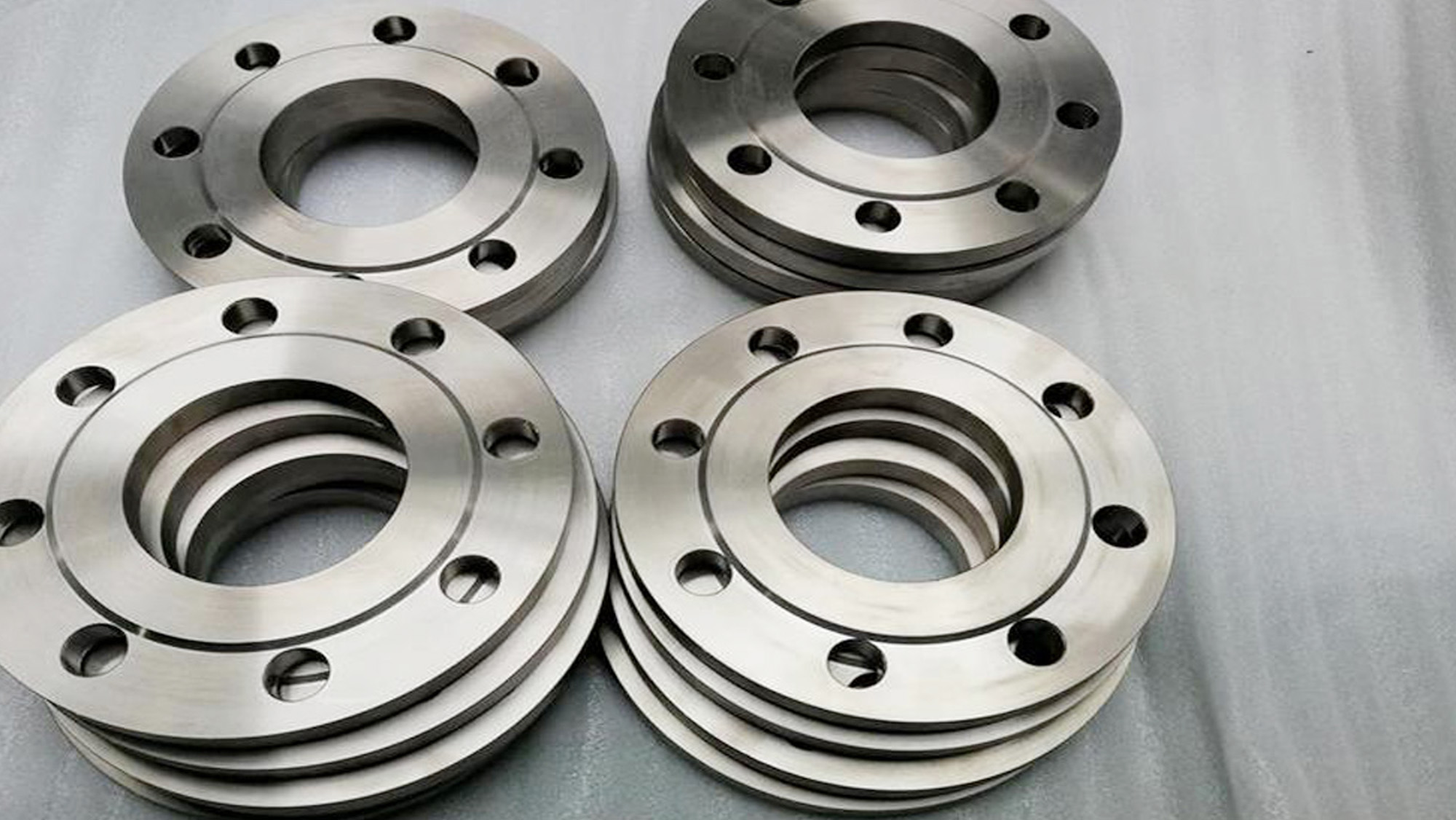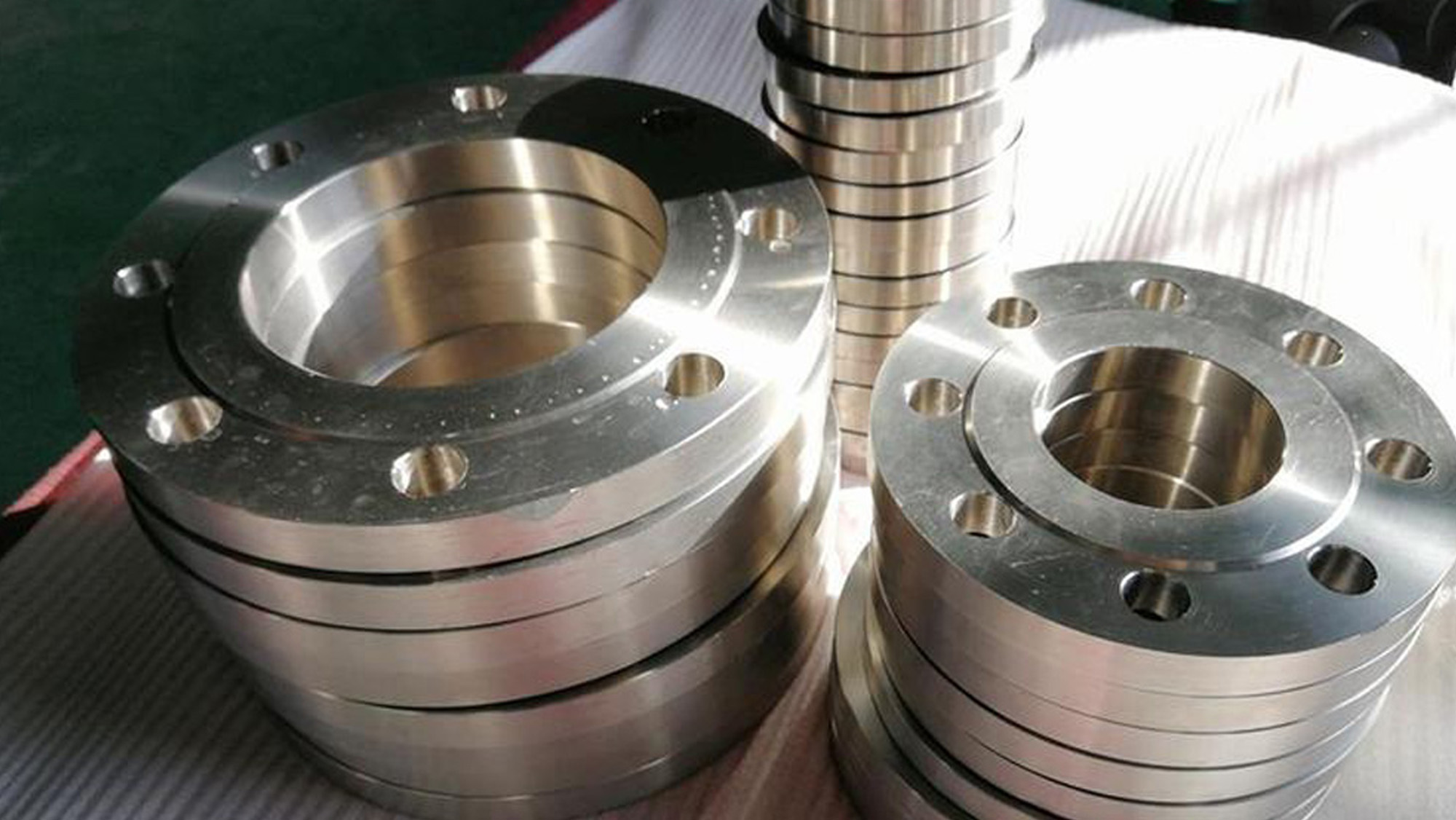

Technical requirements for pipe flange forgings
1. The grade and technical requirements of forgings (including forgings and rollings) should meet the corresponding requirements of JB4726-4728.
1. Carbon steel and austenitic stainless steel forgings with a nominal pressure PN of 0.25MP-1.0MPa are allowed to use Grade I forgings.
2. In addition to the following provisions, forgings with a nominal pressure PN of 1.6MPa-6.3MPa shall meet the requirements of forging grades of Grade II or above.
3. Those who meet one of the following conditions should meet the requirements of III and forgings:

(1) Forgings for flanges with nominal pressure PN ≥ 10.0 MPa;
(2) Chrome-molybdenum steel forgings with nominal pressure PN>4.0MPa;
(3) Ferrite steel forgings with nominal pressure PN>1.6MPa and working temperature ≤-20 degrees Celsius.
2. Butt welding with neck, flat welding with neck, socket welding and threaded flange are generally made by forging or forging rolling process.
When using steel plate or section steel, it must meet the following requirements:

1. The steel plate should be inspected by ultrasonic wave, without delamination defects;
2. It should be cut into strips along the rolling direction of the steel, butt welded into a ring by bending, and the surface of the steel should form a cylindrical surface of the ring. The steel plate shall not be directly machined into a flange with a neck;
3. The butt welding seam of the ring should adopt full penetration welding seam;

4. The butt welding seam of the ring should be heat-treated after welding, and 100% ray or ultrasonic flaw detection should be performed, and the ray flaw detection should comply with the JB4730 level II requirements.
3. The external slope of the neck with flat neck welding flange, socket welding flange and threaded flange shall not be greater than 7.